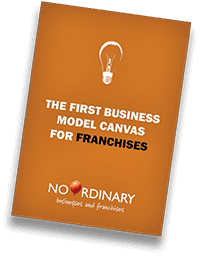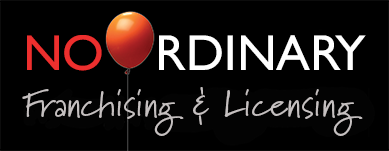Want to get to the top with your franchise? I may have mentioned once or twice that a few years ago I participated in a best practice study tour of leading franchise systems, but only now can I reveal the two secrets of success that were shared by all eight of them.
The eight were McDonald’s, Ford Motor Company, Caterpillar, Stirling Sports, Fastway, Bob Jane T-marts, Beaurepaires and Ampol, the merged conglomerate of Australian Petroleum and Caltex. Eight of Fletcher Building’s franchise managers took part in the tour. We sat down with their senior managers with two main learning objectives:
- How do best practice franchising companies achieve world-class channel management?
- How do they create a sustainable competitive advantage for themselves and their channel partners?
Our findings formed part of a comprehensive report which was to become invaluable to me in my work as a franchisor and franchise consultant. Each of the companies we visited had brought different insights but as we noted in the conclusion to our report, despite the companies’ differences, there were two underlying essential characteristics shared by all of them.
1. Strong organisational culture
Caterpillar people claimed to have yellow blood, reflecting the corporate colour. McDonald’s referred often to 'McFamily', a concept that embraced their suppliers, employees and franchisees. Stirling Sports operated democratically and had a strong family culture influenced by the original founder.
This organisational culture added vibrancy and enthusiasm to relationships with franchisees, culture characterised by an immense respect for franchisees as opposed to arrogance, complete commitment to the success of franchisees and a real focus on mutual gain and interdependence.
2. Strategic health
The term was heard most often at Caterpillar, but was actually a critical success factor behind all of the franchises we visited. We found that best practice franchisors demonstrated a strong understanding of the key value drivers at all levels of their industries. As an example, Beaurepaires and Ampol used extensive research, a dynamic market model and store trials to gain an uncommon strategic advantage.
Best practice franchisors also demonstrated a superior knowledge of the key value drivers of their franchisees’ businesses, and part of this came from understanding their customers’ (franchisees’) businesses better than the customers did. Most of them used company-owned stores, detailed franchisee reporting on KPIs and customer satisfaction surveys to build this knowledge.




